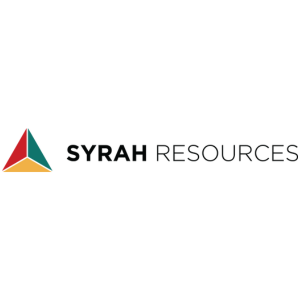Steady progress but more needs to be done to achieve zero harm
The South African mining industry has made inroads into key health and safety challenges but there is a lot of work to be done in collaboration with the Department of Mineral Resources and Energy (DMRE) and organised labour, the Minerals Council South Africa’s leadership said on Wednesday.
There have been historic firsts on the safety front, with no fatalities caused by falls of ground at South Africa’s underground gold and platinum mines in the first seven months of the year, while there have been no deaths associated with trackless mobile machinery across the industry in the first six months of the year.
The Minerals Council’s CEO Zero Harm Leadership Forum has agreed a six-pillar Fall of Ground Action Plan (FOGAP) in conjunction with professional mining associations for its members to implement to address these incidents. The Action Plan, approved in July 2021, includes a financial investment of R46 million over five years.
The Minerals Council introduced a special project in 2017 focusing on industry alignment on the development of collision prevention systems (CPS) technologies, resulting in a reduction of trackless mobile machinery fatalities.
These two aspects of mining have traditionally been a large source of fatalities in South Africa and have come under intense focus by the Minerals Council, its 78 members, the DMRE and unions.
At Wednesday’s National Day of Health and Safety in Mining 2022, Minerals Council leadership represented by its President, Nolitha Fakude, CEO Roger Baxter and Chair of the CEO Zero Harm Leadership Forum Themba Mkhwanazi outlined the areas of progress and flagged challenges in achieving zero harm in the mining industry.
“On behalf of the industry I would like to thank our regulator and our colleagues in labour in assisting to turn around this health and safety ship. It is heartening that when it comes to safety and health that we work together because we are aware of our common goals,” says Fakude.
“My greatest wish is that when we meet again this time next year, we will be able to say to each other we have stepped up to the challenge together and turned the tide of fatalities, injuries, diseases and gender-based violence in the industry,” she says.
The Minerals Council and its members have a zero-tolerance policy as regards gender-based violence and femicide. It is a core focus area for the industry to ensure women are safe and feel safe at work.
The mining industry has reported 25 fatalities in the year to date compared to 29 in the same period a year earlier, a 14% reduction. While the trend is encouraging, Mkhwanazi said the number was unacceptable and there was a long way to go to achieve the target of zero harm.
On the health front, there was a 35.7% decrease in reported occupational health diseases to 2,013 in 2020 from 3,130 in 2019. The incidence of diseases declined across all categories, with the biggest decline seen in coal worker’s pneumoconiosis and pulmonary TB. The industry had a 44.6% decline in cases of TB to 849 in 2020 from 1,533 in 2019.
The 2024 Milestone target of no pieces of equipment emitting noise more than 107 decibels suggests that the Minerals Council member companies are on-track to achieve the Milestone target. The industry has run noise workshops, with the aim of improving the quality of noise measurements and the reporting of the results.
Apart from the direct interventions into leading causes of fatalities and injuries, the Minerals Council is prioritising a shift from a “blame culture” to a “just culture” for 2022. A “blame culture” is counter-productive and it increases safety risks as people who make mistakes or notice problems may conceal hem and blame others when an incident happens.
“A ‘just culture’ encourages learning. It does not eliminate accountability. It is, though, a critical change in a more than 100-year-old mining culture,” Mkhwanazi says.
The mining industry will accelerate safety interventions and initiatives through an Independent Peer Review of Incident Investigation and Analysis System, which is a project originating from the Minerals Council’s 2019 Khumbul’ekhaya safety initiative launch. The intention is to share experiences and learnings from safety incidents to avoid repetitions.
Wednesday’s event included the participation of David Msiza, the Chief Inspector of Mines, and representatives of the Association of Mineworkers and Construction Union (AMCU), National Union of Mineworkers (NUM), Solidarity and United Association of South Africa (UASA).
All delegates highlighted the successes arising from cooperation and collaboration between the key stakeholders in addressing health and safety, with notable improvements in reducing fatalities stemming from falls of ground and trackless mobile machinery incidents.
The Minerals Council Board held a special meeting in December to agree and urgently implement eight interventions to halt two years of regression in safety performance in the mining industry and then reverse the trend. In 2020 and 2021, the industry reported 60 and 74 fatalities respectively, compared to the all-time low of 51 in 2019.
All parties said the 25 fatalities in the year to date was unacceptable and committed themselves to working together to achieve zero harm.
The achievements in combatting the Covid-19 pandemic since early 2020 in the mining industry, with a successful return to work and programme that has ensured more than three quarters of the 460,000-strong workforce have received vaccinations compared to 45% nationally, was an example of how collaboration between the government, organised labour and industry had made a positive difference, says Baxter.
The mining industry lost 750 colleagues to Covid-19, with a fatality rate of 1.18% compared to 2.6% nationally.
There have been historic firsts on the safety front, with no fatalities caused by falls of ground at South Africa’s underground gold and platinum mines in the first seven months of the year, while there have been no deaths associated with trackless mobile machinery across the industry in the first six months of the year.
The Minerals Council’s CEO Zero Harm Leadership Forum has agreed a six-pillar Fall of Ground Action Plan (FOGAP) in conjunction with professional mining associations for its members to implement to address these incidents. The Action Plan, approved in July 2021, includes a financial investment of R46 million over five years.
The Minerals Council introduced a special project in 2017 focusing on industry alignment on the development of collision prevention systems (CPS) technologies, resulting in a reduction of trackless mobile machinery fatalities.
These two aspects of mining have traditionally been a large source of fatalities in South Africa and have come under intense focus by the Minerals Council, its 78 members, the DMRE and unions.
At Wednesday’s National Day of Health and Safety in Mining 2022, Minerals Council leadership represented by its President, Nolitha Fakude, CEO Roger Baxter and Chair of the CEO Zero Harm Leadership Forum Themba Mkhwanazi outlined the areas of progress and flagged challenges in achieving zero harm in the mining industry.
“On behalf of the industry I would like to thank our regulator and our colleagues in labour in assisting to turn around this health and safety ship. It is heartening that when it comes to safety and health that we work together because we are aware of our common goals,” says Fakude.
“My greatest wish is that when we meet again this time next year, we will be able to say to each other we have stepped up to the challenge together and turned the tide of fatalities, injuries, diseases and gender-based violence in the industry,” she says.
The Minerals Council and its members have a zero-tolerance policy as regards gender-based violence and femicide. It is a core focus area for the industry to ensure women are safe and feel safe at work.
The mining industry has reported 25 fatalities in the year to date compared to 29 in the same period a year earlier, a 14% reduction. While the trend is encouraging, Mkhwanazi said the number was unacceptable and there was a long way to go to achieve the target of zero harm.
On the health front, there was a 35.7% decrease in reported occupational health diseases to 2,013 in 2020 from 3,130 in 2019. The incidence of diseases declined across all categories, with the biggest decline seen in coal worker’s pneumoconiosis and pulmonary TB. The industry had a 44.6% decline in cases of TB to 849 in 2020 from 1,533 in 2019.
The 2024 Milestone target of no pieces of equipment emitting noise more than 107 decibels suggests that the Minerals Council member companies are on-track to achieve the Milestone target. The industry has run noise workshops, with the aim of improving the quality of noise measurements and the reporting of the results.
Apart from the direct interventions into leading causes of fatalities and injuries, the Minerals Council is prioritising a shift from a “blame culture” to a “just culture” for 2022. A “blame culture” is counter-productive and it increases safety risks as people who make mistakes or notice problems may conceal hem and blame others when an incident happens.
“A ‘just culture’ encourages learning. It does not eliminate accountability. It is, though, a critical change in a more than 100-year-old mining culture,” Mkhwanazi says.
The mining industry will accelerate safety interventions and initiatives through an Independent Peer Review of Incident Investigation and Analysis System, which is a project originating from the Minerals Council’s 2019 Khumbul’ekhaya safety initiative launch. The intention is to share experiences and learnings from safety incidents to avoid repetitions.
Wednesday’s event included the participation of David Msiza, the Chief Inspector of Mines, and representatives of the Association of Mineworkers and Construction Union (AMCU), National Union of Mineworkers (NUM), Solidarity and United Association of South Africa (UASA).
All delegates highlighted the successes arising from cooperation and collaboration between the key stakeholders in addressing health and safety, with notable improvements in reducing fatalities stemming from falls of ground and trackless mobile machinery incidents.
The Minerals Council Board held a special meeting in December to agree and urgently implement eight interventions to halt two years of regression in safety performance in the mining industry and then reverse the trend. In 2020 and 2021, the industry reported 60 and 74 fatalities respectively, compared to the all-time low of 51 in 2019.
All parties said the 25 fatalities in the year to date was unacceptable and committed themselves to working together to achieve zero harm.
The achievements in combatting the Covid-19 pandemic since early 2020 in the mining industry, with a successful return to work and programme that has ensured more than three quarters of the 460,000-strong workforce have received vaccinations compared to 45% nationally, was an example of how collaboration between the government, organised labour and industry had made a positive difference, says Baxter.
The mining industry lost 750 colleagues to Covid-19, with a fatality rate of 1.18% compared to 2.6% nationally.


.jpg?ext=.jpg)

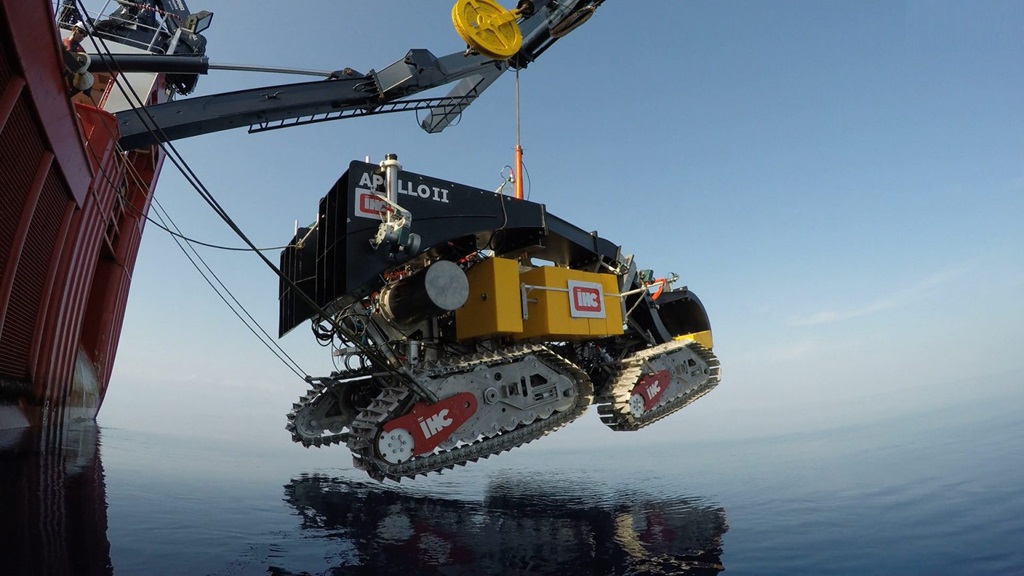

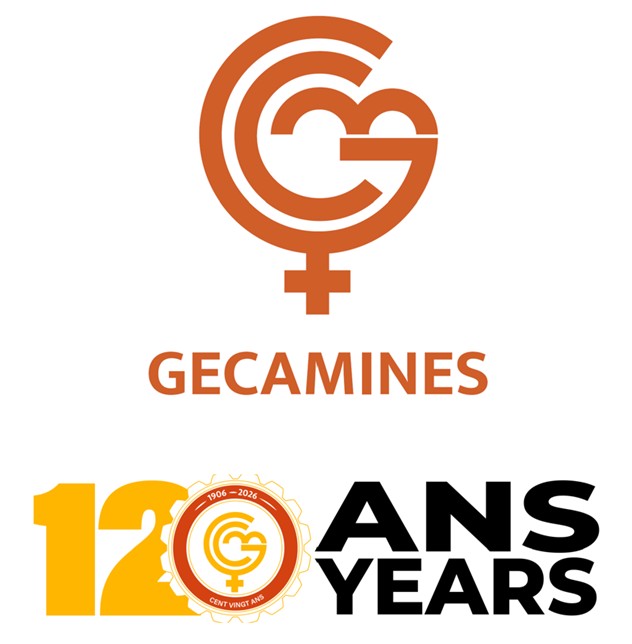
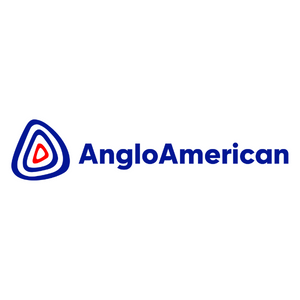

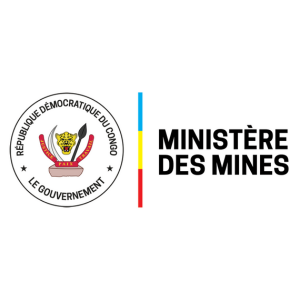

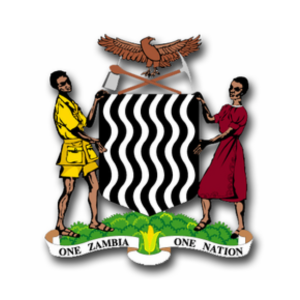

-Logo_CMYK_1.jpg?width=1000&height=500&ext=.jpg)




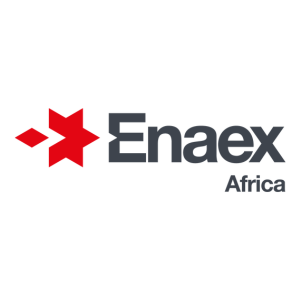



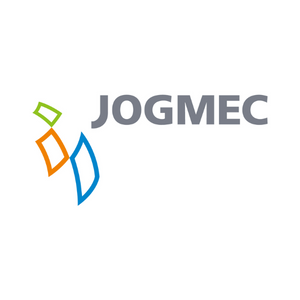


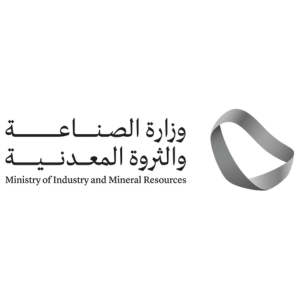
_mi25-weblogo.png?ext=.png)
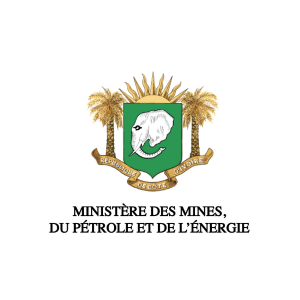
_1.png?ext=.png)


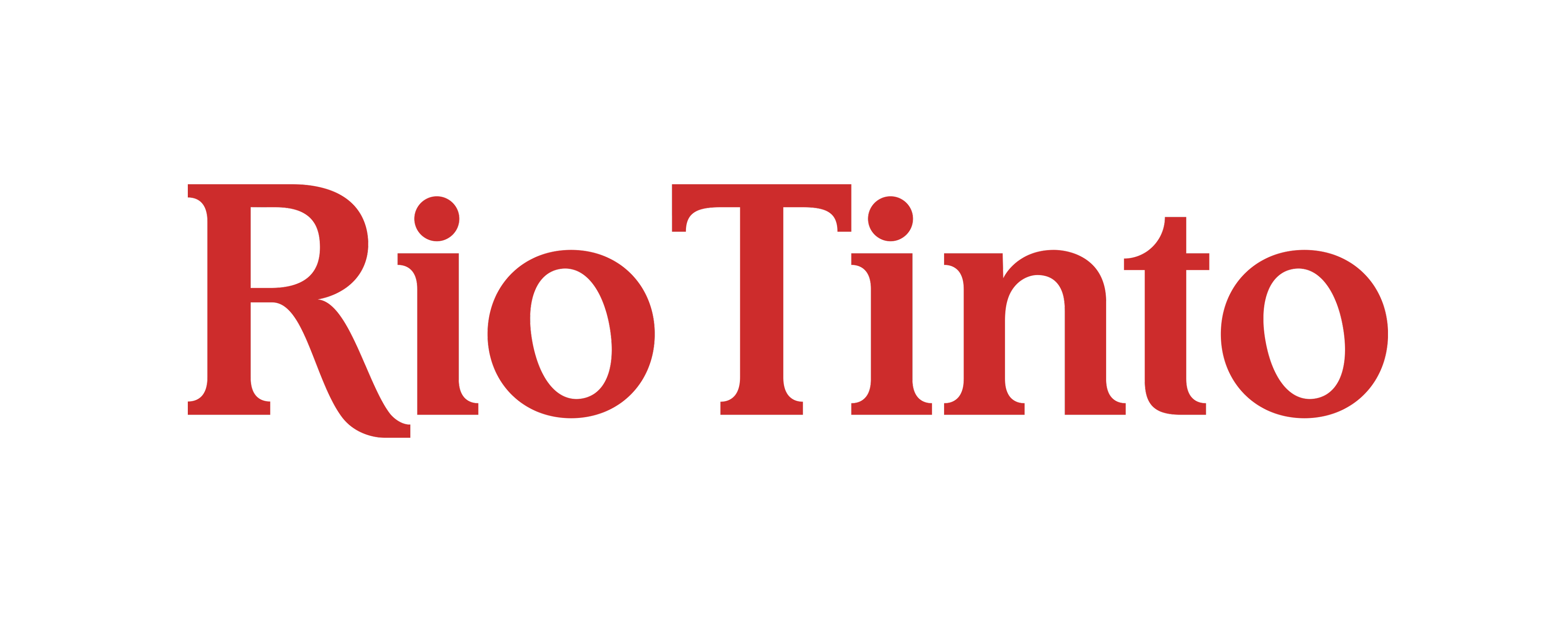













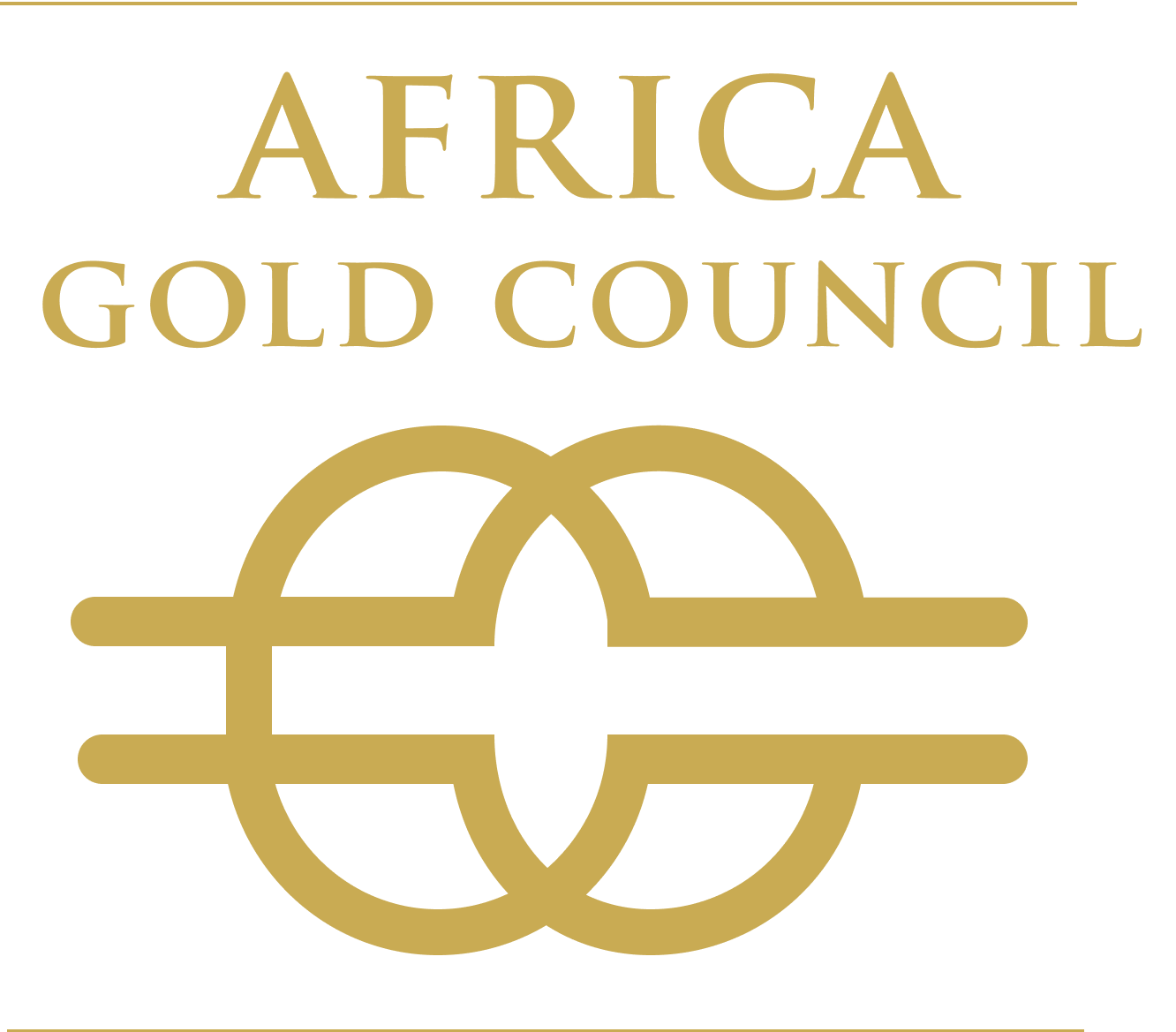

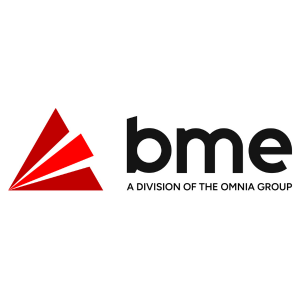








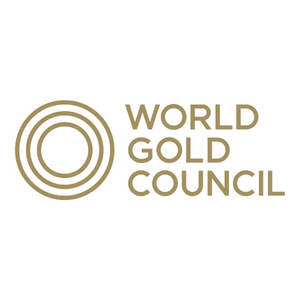

_mi25-weblogo.png?ext=.png)

